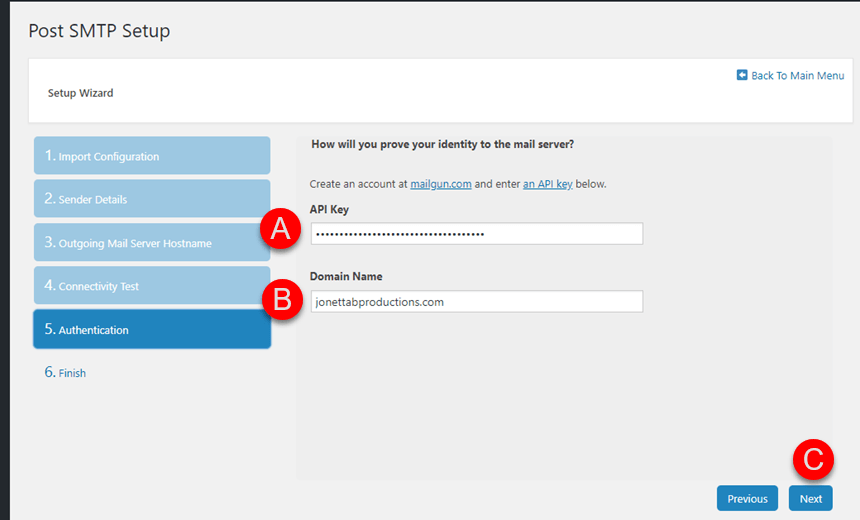
I’d say you make this a feature request here # feature-requests. I havent tried javascript libraries (like pdf.js), but I forsee similar issues happening, but I cant confirm that. However, I should say that the HTML they have in there is regarded as best practice, so nothing bad on their end.
#Postman plugin pdf
So if I removed a buncha these tags (defaulf-src, object-src, frame-src), I was able to get a pdf to render! In chrome that is…īut, when sending a request, a new html file is made every time in the temp directory, so there is no way I can get around the auto generated html they have. So Snooping around the html that Postman preloads, I found this: Refused to load plugin data from 'data:application/pdf base64,base64_data_here' because it violates the following Content Security Policy directive: "object-src 'none'". Refused to frame '' because it violates the following Content Security Policy directive: "frame-src 'none'". We’re looking at ways to better handle SoapUI’s testing capabilities, but that’ll be a blog post for another time.Hi I saw this, it really intrigued me, so I dove in…įrom my current testing, it doesnt seem to be possible give then way I was doing it (refer below) Some aspects of SoapUI like load testing aren’t reflected when you import the file into Postman. Also, the use of environment variables is encouraged – the notation indicates that you can simply add an environment variable named ‘user’, and it’s value will be substituted while sending the request. You’ll notice Postman automatically groups requests into folders. You should see an imported collection called ‘Graph API’, which has all the endpoints defined in SoapUI.

 In the ‘Import File’ tab, select the file you saved in Step 5. Add these lines in maven-surefire-plugins configuration section:
In the ‘Import File’ tab, select the file you saved in Step 5. Add these lines in maven-surefire-plugins configuration section: We can now import this Swagger file directly into Postman! Open your copy of Postman, and click ‘Import’ in the top navigation bar. Select ‘Graph API’ as the API you want to export, fill in the base path, and choose a target location to save the Swagger file. You can find this in the ‘Endpoint’ field if you open a request. You’ll need to provide a base path for the API. Right-click on the ‘Facebook’ project, and click ‘Export Swagger’. This is the data that we’ll aim to import into Postman. Each endpoint + method combination will have associated data like URL parameters and headers.
#Postman plugin code
You should see a hierarchy of API endpoints in the left sidebar. With the HTTP Client plugin, you can create, edit, and execute HTTP requests directly in the IntelliJ IDEA code editor. But perhaps if you have tons of endpoints to manage, it’s still the best tool of its kind out there. Click the Import button, and select the file you just downloaded. In my view, Postman has become bloated, and its UI layout and hierarchy are confusing.

Newman is written in NodeJS and we distribute the official copy through npm.
#Postman plugin install
Navigate to the project definition for the Facebook project at. Install Jenkins: The process is straightforward. One of them is “soapui-sample-projects”, which has the project definitions for a few widely used APIs. The kind folks at Smartbear have a ton of open-source projects on GitHub.



 0 kommentar(er)
0 kommentar(er)
